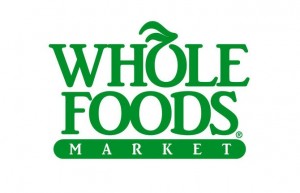Fortune magazine’s cover story this week is titled “How Whole Foods is Taking Over America.”
While I think that’s a stretch, I am a fan of this company. (And no, they’re not paying me to say that.)
Whole Foods does several things that a green business – food-related or not – can emulate:
- They aren’t afraid to charge higher prices. But they also carry a mix of price levels. Their in-house “365 Every Day Value” brand is a relative bargain. While “greener” may mean more expensive for some items, Whole Foods is flexible where they can be.
- They are a niche, but the niche is getting bigger, and that is due to the efforts of Whole Foods itself. If customers consider your green business a niche, that need not limit you. When I shop Target or Publix, I see more organic foods than ever. They are responding to the pressure of having a Whole Foods in the neighborhood.
- They re-imagine what a grocery store can be. Whole Foods is focused on food and customers – not just logistics and warehouses. According to co-CEO John Mackey, “Grocery shopping used to be a chore people did – like laundry or taking out the garbage… That’s completely the opposite of what food is.” So Whole Foods is about food and people, and the simple pleasures that can arise from that.
-
They are good neighbors. When they came to my neighborhood, they didn’t just open a store. They put in bike racks to encourage customers to ride over. They put in electric car charging stations with primo parking spots by the door. And they contributed to the local YMCA, which was a few doors down.
- They’re patient. The first Whole Foods opened in 1980 in Austin, Texas. That’s 34 years ago. Today’s emphasis on speedy returns would get Whole Foods laughed out of an investors meeting. But we would all be the poorer for it.
Last, and not least
Oh – and Whole Foods is scary profitable. Revenue has doubled and profits have tripled since 2007. Now that’s the kind of sustainable, green business I’m talking about.






